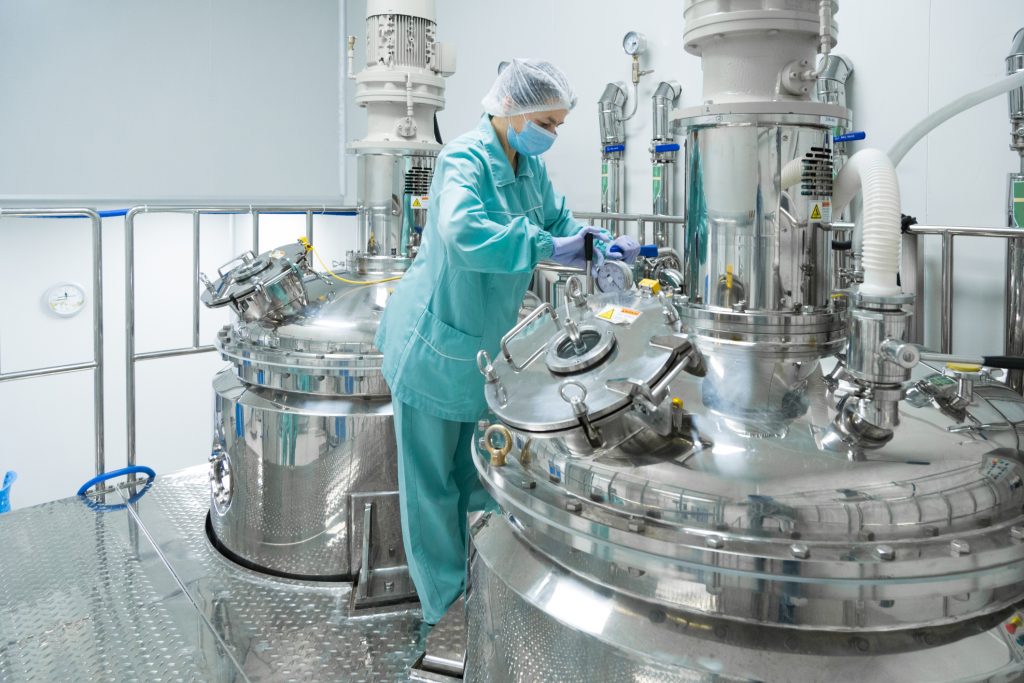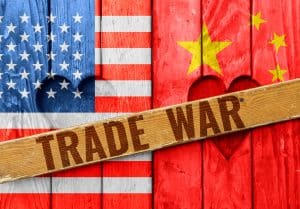
Like many disasters, just-in-time (JIT) manufacturing started as a good idea. Pioneered by the car manufacturers, notably Japan’s Toyota, in the 1950s and 1960s, aligning production directly with demand in terms of orders and supplies with the consequent production schedules. As Toyota’s handbook explained: “Making only what is needed, only when it is needed, and only in the amount that is needed.”
It brought significant efficiencies to the industry, eliminating waste from overproduction, transport and excess inventory, among other areas. Little wonder, then, that it has been widely adopted across other industries, from retail to technology. Apple’s Tim Cook has been among its most evangelical supporters, describing inventory as “fundamentally evil”. Inevitably, it was also widely adopted in pharmaceuticals.
But while accountants seized on the JIT concept because it meant less working capital on the books (they love stock reduction), something got lost in translation. Two things specifically.
First, JIT worked for the auto industry because suppliers to the continuous production lines were close to the main assembly plants. There was usually not much that could go wrong between supplier and manufacturer. Second, JIT works better for industries where, if problems do arise, it’s easy to switch to alternative (also probably local) suppliers if one does not deliver.
Neither was necessarily true for many businesses and industries that eagerly took it up. JIT came to be applied regardless of the geographic relationship between site and supplier; production and inventory management was applied to supply chains that were not just national but international. Moreover, it was applied in industries like pharma, where manufacturers couldn’t simply switch to another supplier in case of a delivery failure; suppliers of quality critical components need to undergo lengthy qualification or process revalidations, making swapping suppliers much harder.
Both factors make it much harder to meet customer demand without significant stock inventories to cover delays in sourcing and securing a new supply.
Time’s Up for Pharma JIT
That was graphically illustrated during the Covid crisis.
The crisis facing pharma supply chains was, in fact, two-fold: Massive disruptions to logistics, and especially cross-border supplies, due to restrictions and worker shortages, which were common to all industries; and, more pertinently for pharma specifically, a massive surge in demand – particularly for certain drugs and components and materials needed by vaccine manufacturers, such as syringes, stoppers, vials, hygienic filters and processing equipment, with a knock-on effect for the wider pharma industry.
It was the perfect storm, and while JIT cannot be solely blamed for the shortages seen, given the scale of the crisis, it undoubtedly made it worse in many cases.
Moreover, it’s not a crisis we can confidently predict will not happen again. For a start, supply chain disruptions persisted long after the worst of the pandemic had passed. The war in Ukraine should tell us that it’s never possible to be sure that international supply chains won’t face sudden and significant derailment. And demand can quickly again become volatile: If not a pandemic, then perhaps just a very bad flu season. After all, supply chain problems did not start with the pandemic.
It's not surprising then that even relatively early in the pandemic, some were asking whether JIT was finished. Moreover, at that point, it was assumed it would simply be for industry to decide; that’s unlikely to be entirely true for pharma, where it’s increasingly clear governments intend to have a say in ensuring the supply of critical drugs.
Even without regulatory pressure outside pharma, many businesses are voting with their feet. As the FT has put it, companies are shifting from just-in-time to “just in case” when it comes to managing stock.
Long Live Low Inventories
In manufacturing more broadly, it’s unlikely that JIT has had its day. Instead, for many, it might go back to first principles. A significant consequence of the disruption seen across industries is an increase in onshoring. A recent survey of British manufacturers by industry body Make UK, meanwhile, shows more than a third (35%) planning to switch to home-based rather than international suppliers.
In bringing suppliers in closer proximity to manufacturing sites, some manufacturers will be able to save JIT, which was always a legitimate efficiency drive in the right circumstances.
For many pharma manufacturers, this is unlikely to be a solution, however. For onshoring to really work and maintain supply chain efficiencies, the supply base would need to relocate, along with the main manufacturing. As we’ve discussed before, that may be possible for new in-patent products and high-value materials and components. They already have the margins to support investment in stock, secondary suppliers and other mitigations that ensure high-quality, resilient supply chains. That could likewise support investments to bring supplies and manufacturing together.
The dependence on offshore locations for cheaper components and active pharmaceutical ingredients for generics did not happen by accident, however. The cost-benefit analysis for tight-margin products in most cases still argues for offshoring. While there have been exceptions, a wholesale move to onshore APIs dominated by China and India looks unlikely. Of course, government intervention, through regulation or subsidy, could change that, but we’ve yet to see it.
But if JIT as a production process might have been fatally undermined by the last couple of years, its drivers in terms of cutting costs remain as critical as ever – and particularly for low-margin products. The need for resilience doesn’t displace the need for efficiency. For a sustainable future, pharma manufacturers need both.
The Best of Both Worlds? Supply Chain Resilience and Efficiency
The key will be to improve supply chains’ visibility and manage them with more granularity. It’s notable that the recent US Department of Health and Human Services (HHS) report on building supply chain resiliency for essential medicines talks of onshoring but also emphasises supply chain transparency.
That’s far from being achieved in many supply chains, given their complexity. A McKinsey survey of pharma businesses and other selected industries in 2020 showed nearly half of respondents citing sole sourcing of inputs as a critical vulnerability, while a quarter pointed to a lack of visibility into supplier risks.
Solutions like SCAIR® are critical to overcoming these obstacles and enabling pharma businesses to ensure that they’re holding stock but doing so efficiently – in the right place in the supply chain to most effectively mitigate potential shocks, rather than across the board. It enables manufacturers to identify their critical, single source, long lead time suppliers effectively. They can then hold the appropriate stock to protect them while taking a leaner approach for easily substituted supplies.
This hybrid approach combines just in time and just in case inventory levels at different points in the supply chain. It provides the resilience businesses need to stand up to sudden demand surges or supply chain shocks, when they inevitably arise; and the efficiency to ensure that the business is still around to see them.

